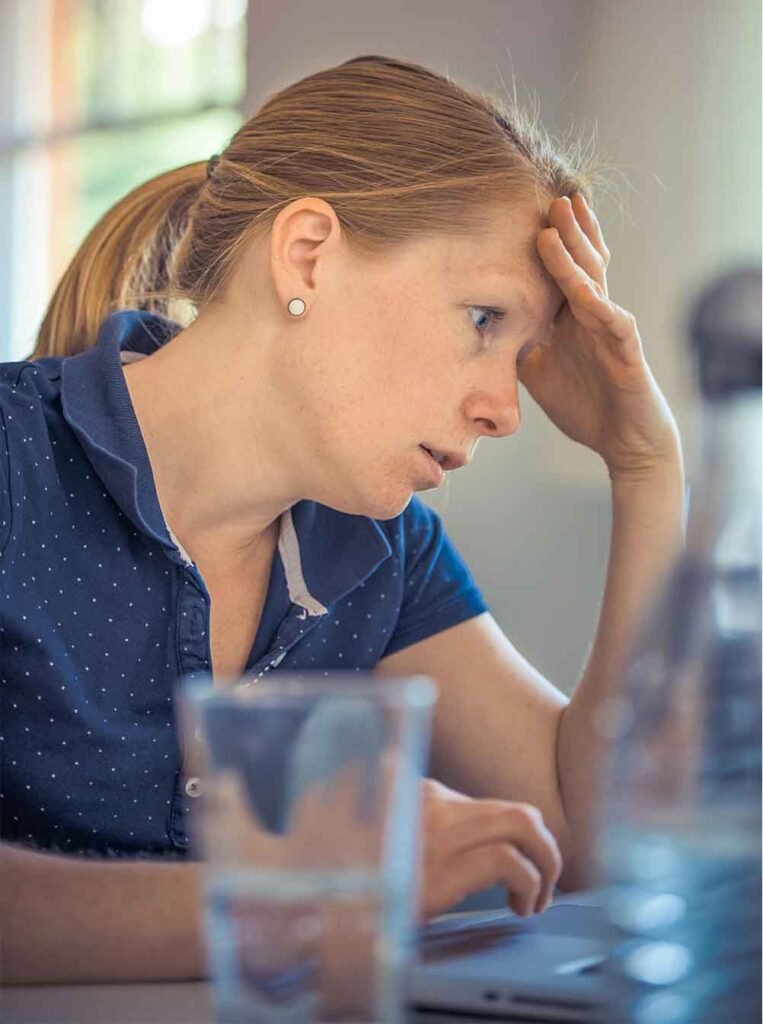We provide the 6 Most Common Physical signs and symptoms of anxiety. But first, we need to understand what is anxiety?
What is anxiety
There is general confusion, decisive concern, as well as a sense of apprehension that a person has over an event that is expected to happen in the future. People may precipitate anxiety at some time in their lives regardless of age, when undergoing an arduous test, or when undertaking a new task. It has become so normal that it is followed unconsciously and if practiced in moderation can probably be good. On the other hand, anxiety is a bother if it reaches a high pitch or if it reoccurs at a close range of time. This is why, at some point or another, it may be placed alongside products that fall under anxiety disorders. Subsequent research on anxiety disorders shows that anxiety disorders are prevalent and amongst the most prevalent of the mental disorders, disorders that usually begin during childhood.

Table of Contents
Understanding Anxiety Disorders
Specifically, anxiety disorders can be described as conditions where the state of anxiety is quantitatively or qualitatively above normal or persists for a longer period.
Generalized Anxiety Disorder (GAD): GAD is a type of mental condition in the class of anxiety that causes people to develop extreme anxiety over many issues for health, job, or school. Panic is always substantial and diverges from reality in the sense that it is difficult to prevent.
Panic Disorder: This includes episodes of panic that have features of random and extraordinary moments of worrying. These may be chronic panic disorder which does not target any particular time, possibly causing symptoms such as chest pain or dizziness.
Social Anxiety Disorder: This is commonly described as social phobia or social anxiety disorder when an individual experiences actual fear in most social settings. This can be defined as the condition that causes an individual to avoid interacting with people for the sake of not feeling embarrassed in the company of other people.
Specific Phobias: These are the specific and severe anxieties towards some object or some events in life such as Acrophobia, hydrophobia, etc. This sort of position is usually marked by some sort of panic that may not necessarily be considered rational; the level of risk in such cases is always blown out of proportion.
It is important to learn the physical signs of anxiety, as they are essential in determining when someone is an ideal candidate to become an anxiety symptom observer.
Physical Signs and Symptoms of Anxiety
It should be pointed out that anxiety may not necessarily be some specific feeling but some sort of expression in terms of physical signs as well.
Here are some common physical signs and symptoms
Racing Heart: Whenever you are stressed the amount of blood that is pumped into the heart will be at a high rate. This is because your body is expected to leap to life as a defense mechanism due to peril even if none is present.
Sweating: You are likely to sweat more when you are anxious whether performing a handshake or compliments on your face or underarms.
Trembling or Shaking: The physical symptoms are that your muscles will tense up and, thus, your hands and other body extremities might shake.
Shortness of Breath: You could believe that small thoughts or words can control your breathing, and you aren’t obtaining enough oxygen. This can make you utterly anxious.
Stomach Problems: Anxiety has ramifications and can cause a person to get a stomachache, nausea, or even stool. This is because stress; acting on your hormones known as cortisol, will disrupt the natural functioning of your digestion system.
Headaches: It carries with it tension and stress due to anxiety, which can result in getting either a headache or a migraine.
Muscle Tension: sometimes the muscles feel stiff or aching, particularly in areas such as the neck, the shoulders, and the back.Dizziness or Lightheadedness: Chest pains, sweating and excessive sweating, shaking, vomiting, and dizziness can be experienced due to anxiety, especially if one is breathing hard.
